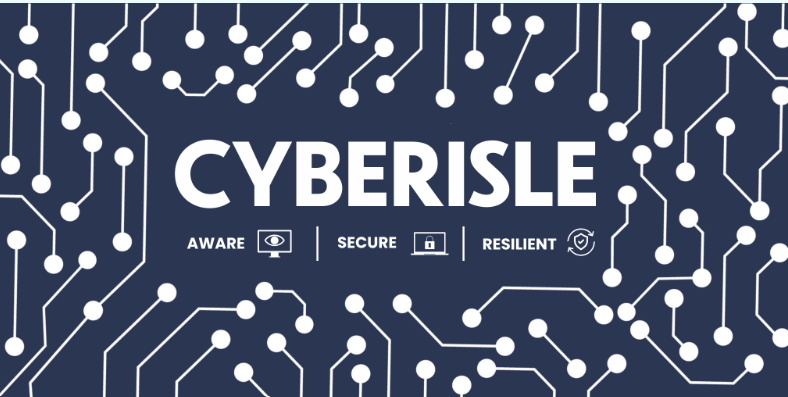The Hidden Costs of Technical Debt
What Every Business Leader Should Know

Technical debt - frequently ignored, yet impossible to miss. Highlighted when examining why digital initiatives falter. While organisations often acknowledge its existence, few truly understand its impact on their bottom line and operational efficiency.
Technical debt occurs when organisations choose quick solutions over more robust, long-term approaches. Like financial debt, it carries interest in the form of increased maintenance costs, reduced system performance, and heightened security risks.
The Real Impact of Technical Debt
Consider a mid-sized manufacturing company. Their legacy systems, cobbled together over a decade, created what appeared to be a functioning infrastructure. However, beneath the surface lurked significant issues:
- Development teams spent 40% of their time managing system conflicts rather than building new features
- Security patches took three times longer to implement due to outdated system architecture
- Integration of new technologies required extensive custom coding, dramatically increasing costs
Warning Signs Your Organisation May Be Accumulating Technical Debt
1. Your IT team constantly fights fires instead of implementing improvements
2. Simple system updates frequently break other system components
3. New feature implementation takes increasingly longer
4. Your systems require multiple manual workarounds
5. Documentation is outdated or non-existent
The Strategic Advantage of Technical Debt Management
Managing technical debt is about creating sustainable business advantages. Organisations that actively manage their technical debt typically see:
30-50% reduction in system maintenance costs
- Improved ability to adapt to market changes
- Enhanced security posture
- Better talent retention in IT teams
Taking Action
Start by conducting a thorough technical assessment. This isn't about finding fault but understanding where your organisation stands. Key areas to evaluate include:
1. System architecture and dependencies
2. Code quality and documentation
3. Security protocols and compliance
4. Infrastructure scalability
Remember, technical debt isn't always bad – sometimes it's a strategic choice. The key is making informed decisions about when to take it on and when to pay it down.
Moving forward, the cost of ignoring technical debt continues to
rise. With the increasing complexity of IT systems and the growing importance of digital transformation, organisations need to take a proactive stance on managing their technology infrastructure.
By understanding and actively managing technical debt, businesses can maintain their competitive edge while ensuring their technology infrastructure remains robust, secure, and scalable for future growth.




